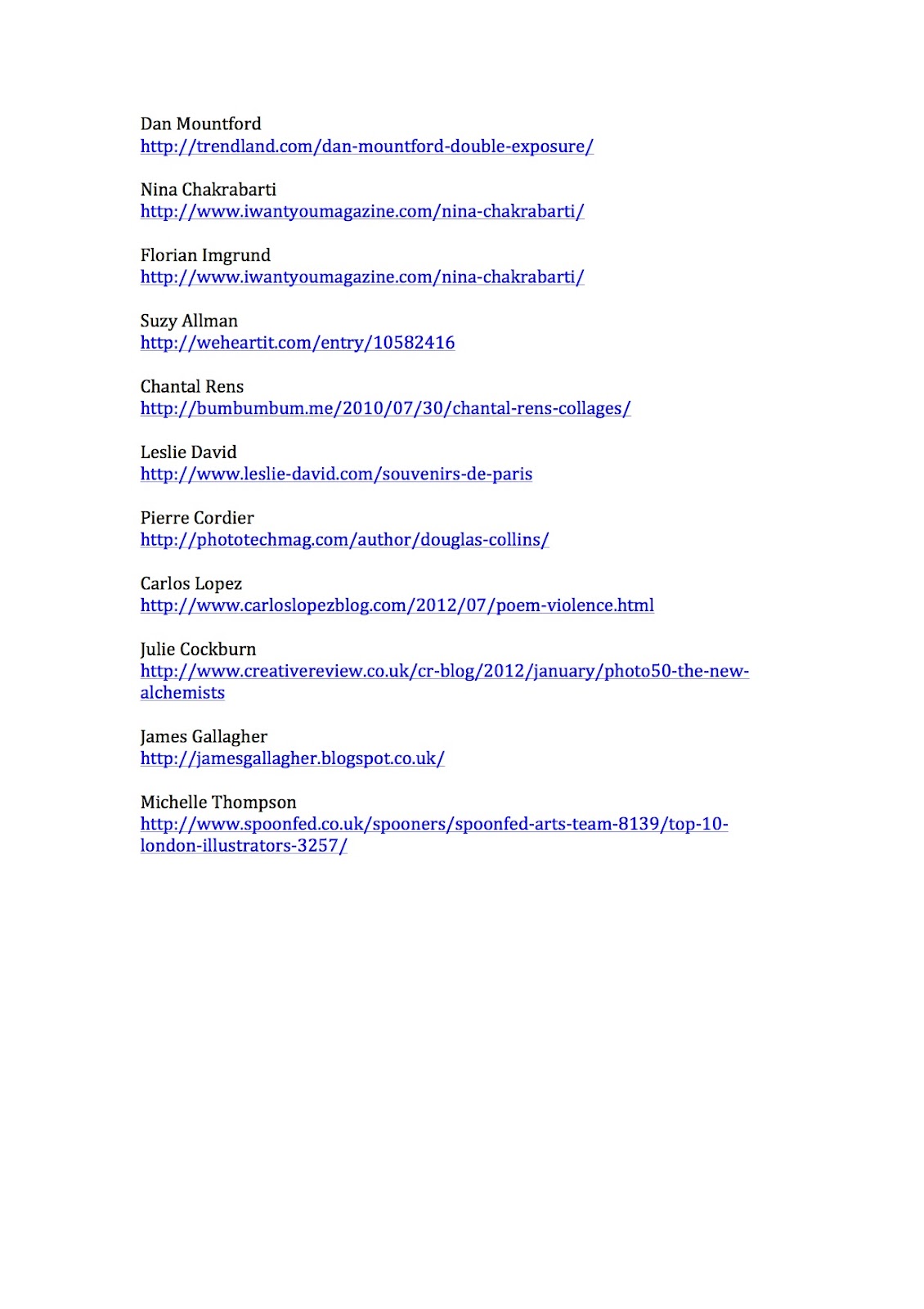

Working as a creative team alongside your client to create a mood board will allow you both to stay on the same page and reduce the possibility of surprises and misunderstandings that make the project fall behind schedule. For those who are more visually oriented, scrolling through collections of popular photos on sites such as Pinterest, Pexels, and even Google Images to collect your elements may be more fruitful. One option is to take a more verbal approach, asking what ideas appeal to them (“pastels,” “softness,” “hard lines,” and combining images that fit these descriptions until you’ve constructed a board you agree upon. Those who work outside of an artistic field may struggle to “say what they see,” more or less, leaving you with a few different ways to bridge the communication gap. In both of these instances, collaborating on a photography mood board can help form concise ideas and get clear on the creative details.

Other times, they may be able to articulate their ideas, but they might not have a clear visual concept in mind. Sometimes, a client has a vision in their head that they find difficult to express with words. When clients come to photographers like you for help on an upcoming shoot, they’re trusting you to use your artistic eye and technical skills to execute their ideas. How Is a Mood Board Useful for Photographers? Whether you’re working on your own, with a team of fellow creatives, or helping a client bring the concept of their dreams to life, a photography mood board is the perfect starting point for consolidating ideas.īelow, we’ll tell you exactly why a photography mood board is useful and how you can easily create one as you plan your next creative project. Mood boards are one of the most powerful creative tools an artist can use, especially when it comes to planning a visual project such as a photography shoot!


 0 kommentar(er)
0 kommentar(er)
